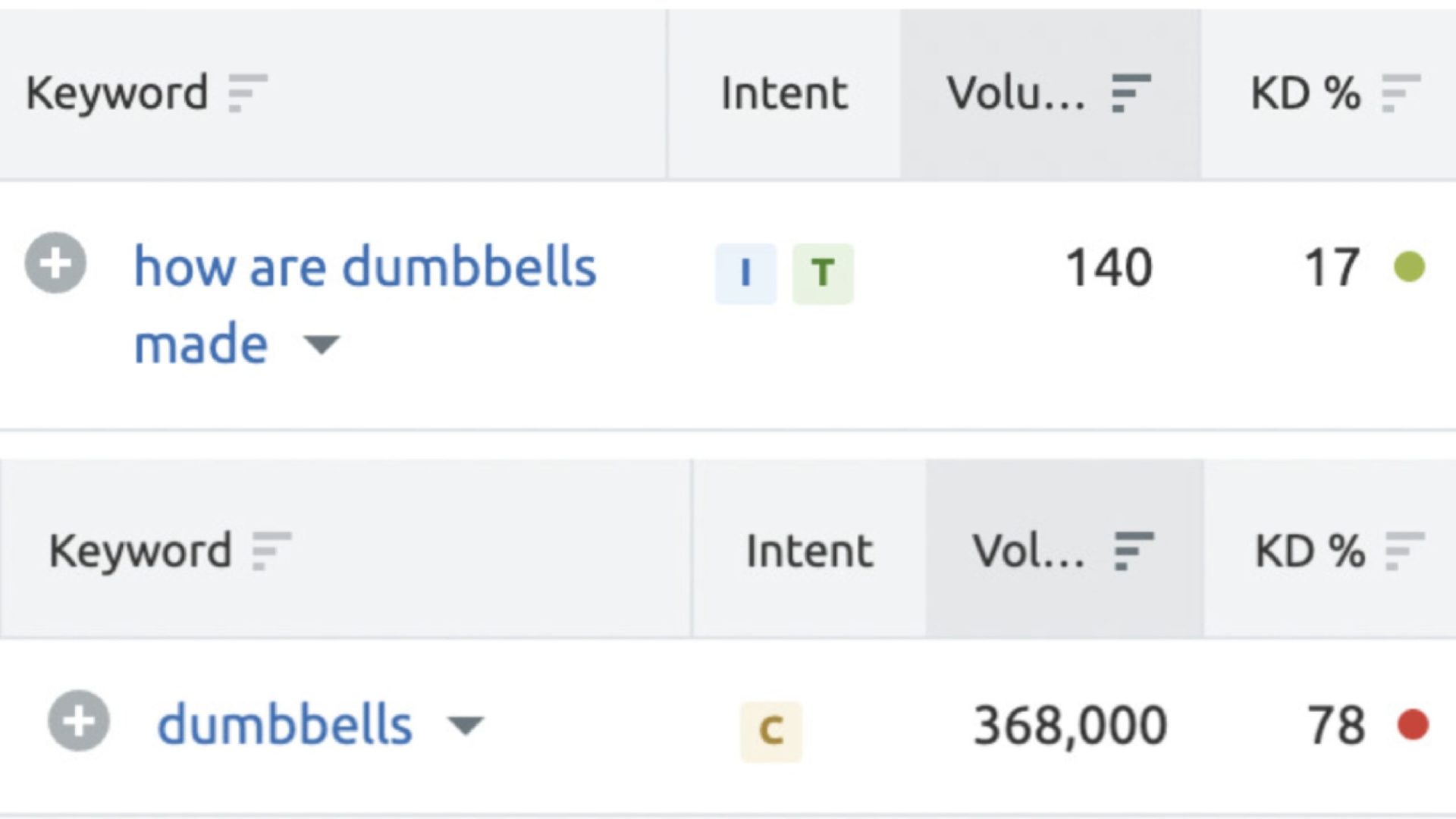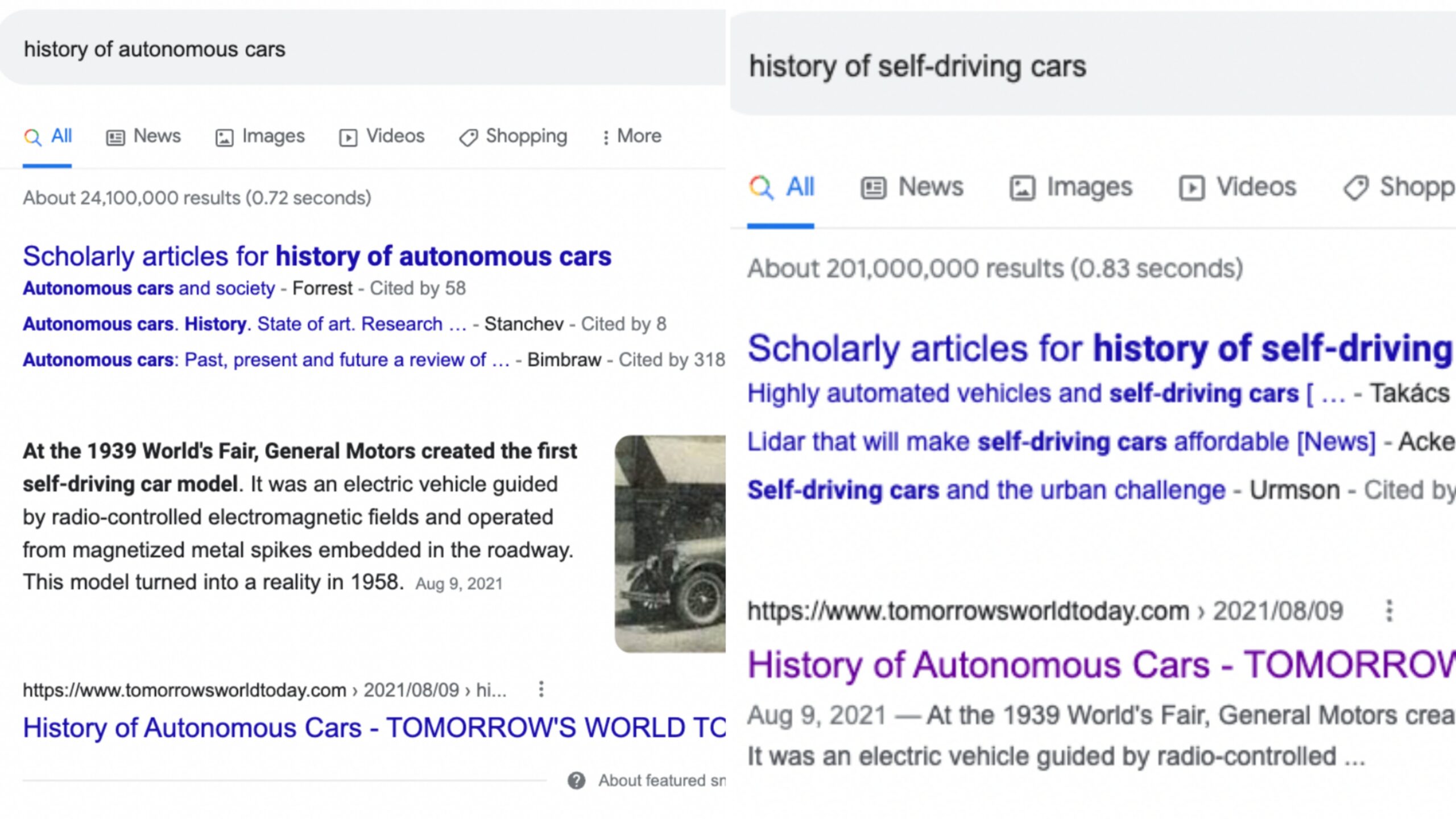Most blog and website writers will agree that the most challenging part of optimizing blogs for SEO is the fact that there is no exact formula to follow. Google intentionally keeps its SEO algorithm a secret, leaving writers, bloggers, marketers, and anyone else who wants to get their blogs on the first page of Google scrambling to crack the code. Here at Flying Cork Media, we’ve picked up some tips and tricks that have helped place blogs we write for our clients on the first page—and even to the featured snippet—on Google. Here are five quick ways to optimize your blogs for Google using SEO.
1. Add Appropriate Alt Text to Images
Adding appropriate, descriptive alt text to the images in your blogs tells Google what each image is about, allowing Google to determine the best images to present for a search query. The alt text also gives users who cannot see the images on your page—due to visual impairments or faulty devices—the ability to interpret your images.
Google gives the following example to explain how marketers should be using alt text:
Bad: alt=””
Better: alt=”puppy”
Best: alt=”Dalmatian puppy playing fetch”
Avoid: alt=”puppy dog baby dog pup pups puppies doggies pups litter puppies dog retriever labrador wolfhound setter pointer puppy jack russell terrier puppies dog food cheap dog food puppy food”
The last example is employing the strategy of dated practice keyword stuffing, which Google now penalizes webpages for using. If your image alt text is descriptive, assuming the photo is clear and effective, the image can rank in the search engine’s images results page which can give an extra boost to your blogs’ SEO.


For example, one blog we wrote for a client, “Recycled Art: Turning Trash Into Treasure”, has two images that appear in the top results under the image search queries “recycled art,” “repurposed art,”, and “recycle art,” and more. The ranked photos (above) have the alt text of alt=“recycled art hearts” (left) and alt=“recycled art shark” (right). These short, descriptive image alt texts got this blog ranked on the first page on Google—the images received almost 400 image clicks to the blog in three months (January 1 through April 1 of 2022).
2. Ensure That Your Web Pages are “Crawlable”
A critical part of SEO for your blogs is making sure that Google can see them. In order to do this, Google must crawl and index your blogs. Once it is crawled and indexed and no problems have been detected, your blog will be able to appear on Google and will then have the opportunity to become ranked.
Google does this automatically with web pages, but to ensure that there are no problems with the blog and to expedite this process, use Google Search Console (GSC). If you paste your URL into the GSC’s URL Inspection box, it will alert you whether the specified blog appears on Google. If it does not appear, simply click “request indexing.” This speeds up the process of Google crawling your page, which is especially important if your blog is newsworthy or time-sensitive. Be sure to check GSC the next day to see if there are any issues in the blog that you need to fix.
3. Conduct Keyword Research
Your blogs are not likely to rank on Google if you don’t conduct keyword research beforehand so you know what keywords to optimize for SEO. Once you know the general idea or topic of your blog, take a look at the search volume and search difficulty of some keywords and topics you are considering writing about. This can be done on sites such as SemRush, Moz, or Yoast.
The volume and difficulty of keywords show you how likely your blog is to rank on Google. Avoid writing a blog that has been written millions of times before—it will be much more difficult to rank this way. The ideal keywords will have a high search volume but low content found, making the difficulty easier.


Take a look at the difference in keyword statistics between the phrases “how dumbbells are made” and “dumbbells”. The former phrase has an average volume of searches but a low KD (keyword difficult) whereas the latter has an extremely high volume of searches and KD. As a result, the keyword phrase “how dumbbells are made” is a much better keyword to aim to rank for over the keyword “dumbbells”.
This is exactly what we did for one of our clients with the blog “How Dumbbells are Made.” Because of our keyword research on rankable phrases, this blog ranks first on Google for the query “how are dumbbells made” and “how are weights made.”
As a bonus tip, the website on which this blog appears has many blogs about how things are made. Google recognizes this and gives preference to blogs that are similar to the content of the website as a whole, so keep this in mind as well while conducting keyword research.
4. Internally Link
One of the easiest ways to optimize your blogs for Google with SEO is to internally link within your website. This is the practice of putting links to and from your blog posts throughout the website. On one hand, this helps your readers navigate through similar content on your website, keeping users on your website for longer. On the other hand, internal links show search engines the validity and relevance of your content. It also resurfaces older, relevant content to search engines, helping to improve their rankings on Google as well.
Internal links can be used throughout the blog post using anchor text to hyperlink to other relevant blog posts, such as our blog about e-commerce optimization (see what we did there?).
They can also be added at the end of your blog post as a footer, sending viewers to read similar blogs. For example, in the aforementioned “How Dumbbells are Made” blog, the internal link footer at the end reads: “Learn more about the World of Production, and discover how vitamins, sunglasses, and game controllers are made.” If readers enjoyed seeing how dumbbells are made, they are likely to enjoy learning about how other things are produced.
Note that there aren’t too many links added in the footer— Google penalizes blogs with too many internal links stuffed in, especially if they are packed at the end.
5. Use Keywords and Their Synonyms Strategically Throughout the Post.
Once you have your keywords, be sure to include them throughout your blog post, but DON’T keyword stuff. There is no “magic number” here, but a good rule of thumb is to go through your post with the mind of a reader. If you can easily tell what keyword is attempting to get ranked, use fewer keywords.
Something else to keep in mind is to use synonyms and similar words to the keyword throughout the post. This allows your blog to rank both for the keyword and these other words.
Take the blog post we wrote for a client “History of Autonomous Cars”, for example. This blog uses the phrase “autonomous car” eight times and “self-driving car” four times. The blog appears on the featured snippet page of Google for the query “history of autonomous cars” (left) and the first result for the query “history of self-driving cars” (right).


Take the blog post we wrote for a client “History of Autonomous Cars”, for example. This blog uses the phrase “autonomous car” eight times and “self-driving car” four times. The blog appears on the featured snippet page of Google for the query “history of autonomous cars” (left) and the first result for the query “history of self-driving cars” (right).
Although these guidelines are applicable today, Google’s SEO algorithm is constantly advancing. It’s helpful to have a team of experts behind you to help crack Google’s latest ‘code’ to get well-written blogs optimized and ranked.

